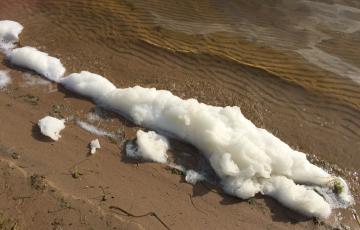blog
EPA Seeks to Prolong Harmful Coal Plant Wastewater Pollution
Under the guise of “unleashing American energy dominance,” the Environmental Protection Agency (EPA) is proposing to extend compliance deadlines for coal plant wastewater pollution limits, which will allow the continued discharge of harmful pollution into our waterways.





